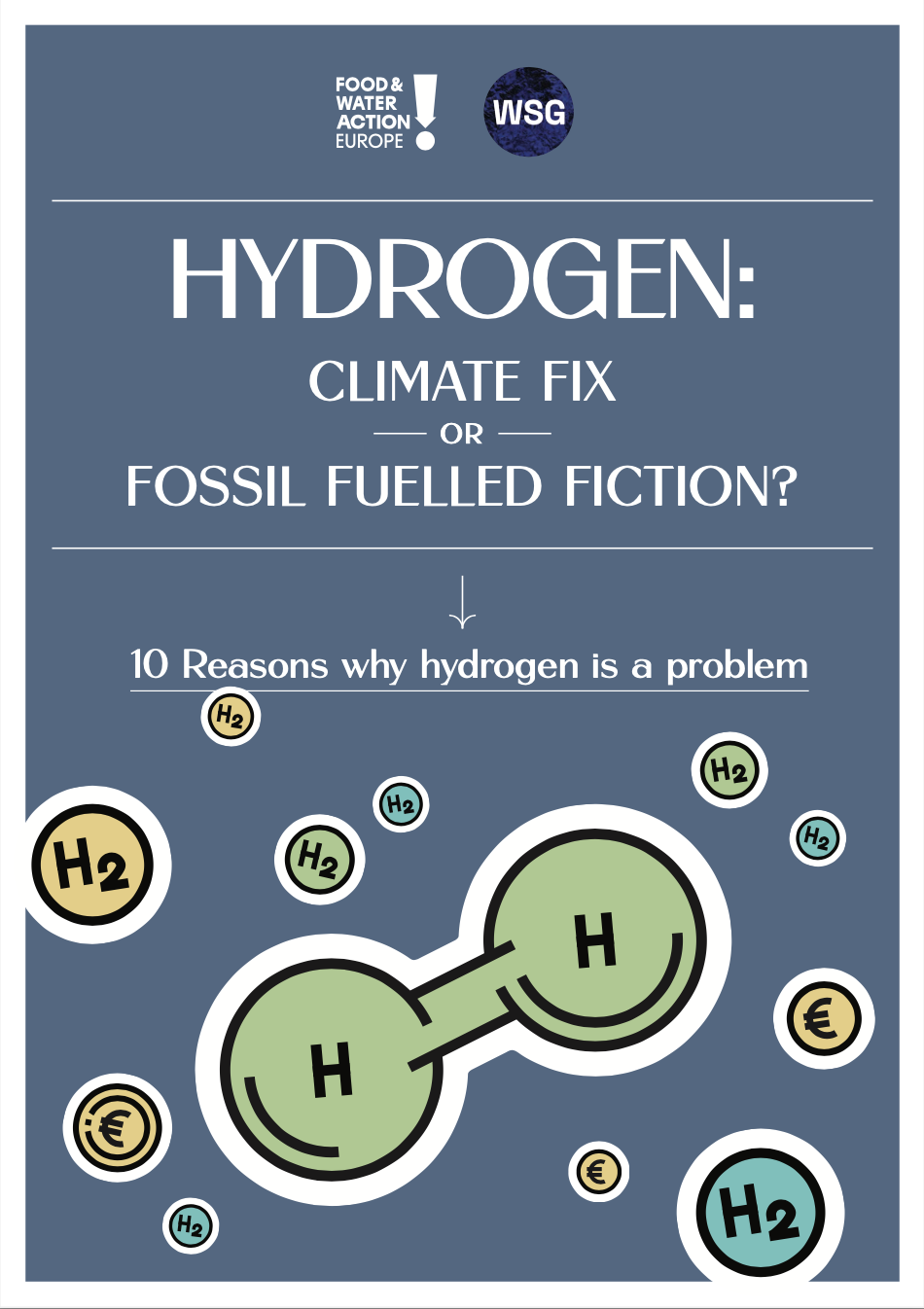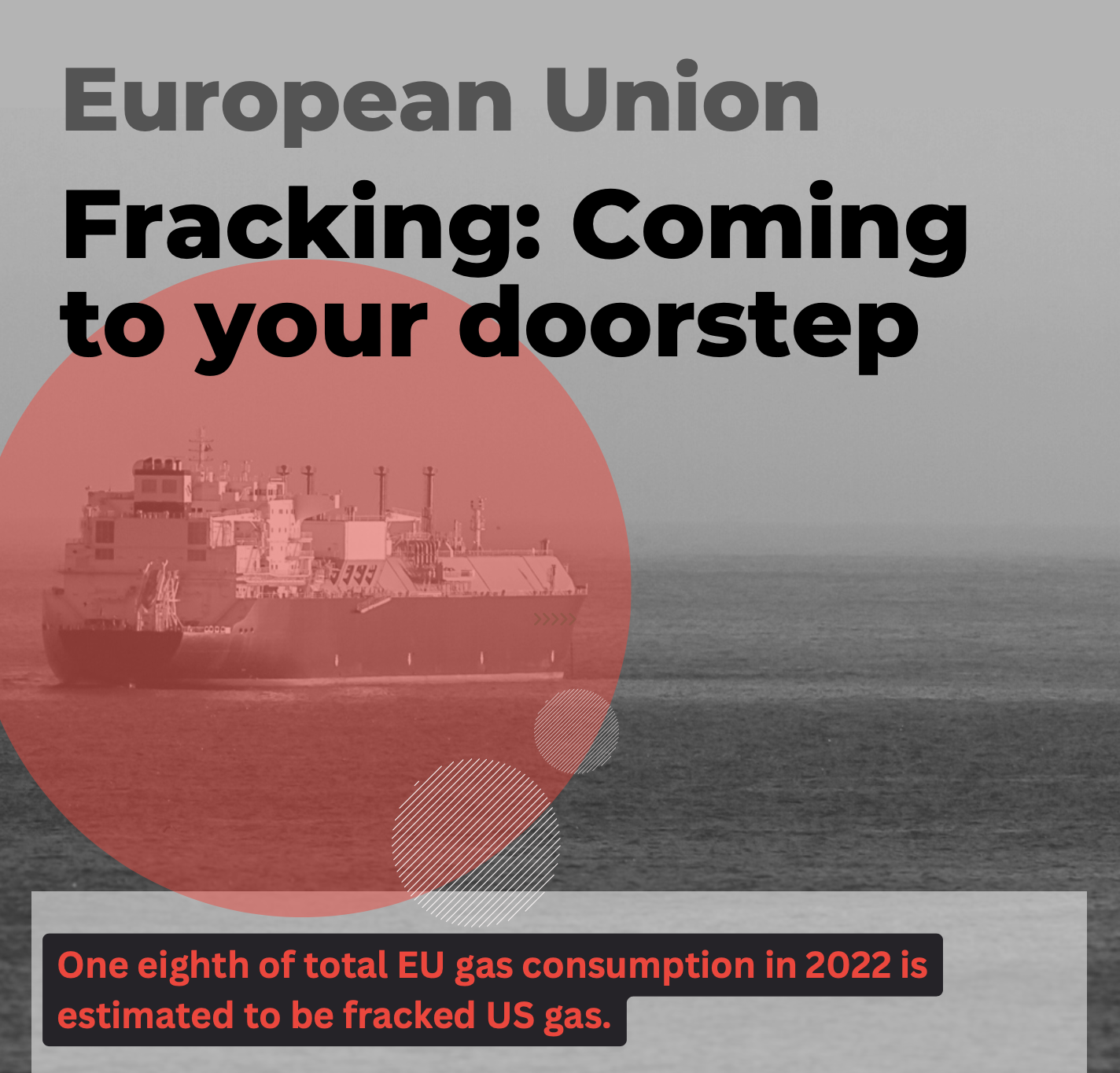Together with Gas No Es Solución, we have examined the imports of U.S. Liquefied ‘Natural’ Gas (LNG) into the EU in 2023.
Last year, gas imports from the US accounted for nearly 23% of the total fossil gas consumption in the 13 EU countries that imported US LNG. Notably, the primary importers were the Netherlands, France, and Spain.When considering the entire EU-27, over 19% of the bloc’s total gas consumption is met by US LNG, which is almost entirely sourced from fracking.
Specifically, according to data from the US Energy Information Administration (E.I.A), 88% of gas produced in the US is extracted through hydraulic fracturing. If we apply this percentage to the total volume of US LNG imports, it means that in 2023, American fracked gas fulfilled over 17% of the total gas demand in the EU-27.
Following Russia’s invasion of Ukraine, instead of transitioning to renewable energy and phasing out fossil fuels justly and swiftly, the EU has turned to US fossil gas, shifting the costs of pollution and environmental degradation to local communities there. The LNG boom poses a severe threat to the climate and frontline communities, further exacerbating the pollution of air, water, and soil largely caused by the activities of the petrochemical and fossil fuel industry. Fossil gas, no matter its origin, is no solution, and a new LNG lock-in will only delay the urgently needed transition to 100% renewables.
Read the full briefing here.




